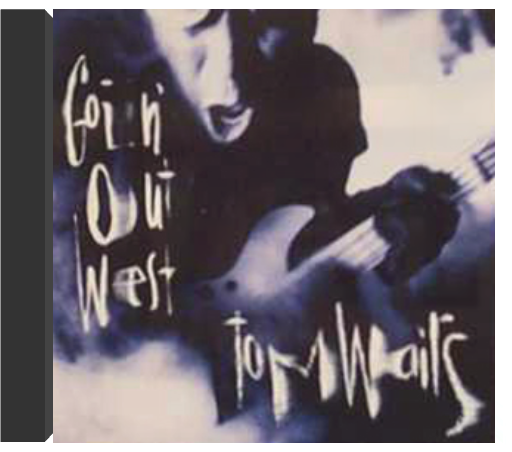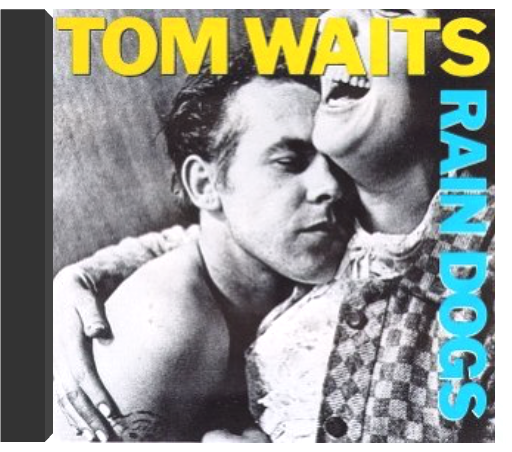 Bone MachineTom Waits Bone MachineTom Waits This is Waits's most harrowing album ever, thanks not only to such heartwarming sentiments as "What does it matter, a dream of love or a dream of lies / We're all going to be in the same place when we die" but also to the ravaged, shamanistic croak with which he delivers them. Death hangs like a bad suit on songs like "Jesus Gonna Be Here," "The Ocean Doesn't Want Me," and "Murder in the Red Barn." But the album is musically entrancing and richly poetic—"Are you still jumping out of windows in expensive clothes?" Waits asks a perennially unfaithful lover in "Who Are You." There's also room for some foolishness, as with "I Don't Wanna Grow Up," which has been memorably covered by the Ramones, and a boozy sing-along (with Keith Richards), "That Feel." —Daniel Durchholz 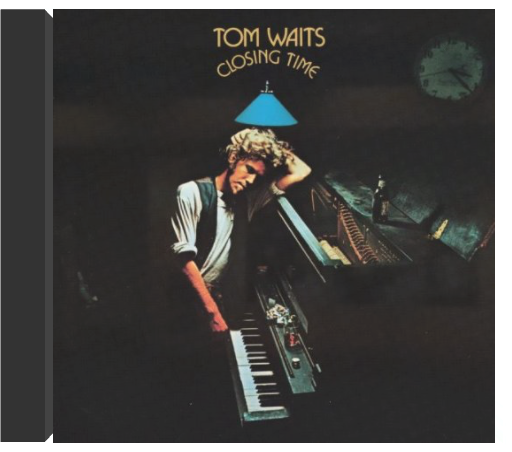 Closing TimeTom Waits Closing TimeTom Waits Japanese only SHM-CD (Super High Material CD - playable on all CD players) pressing. Warner. 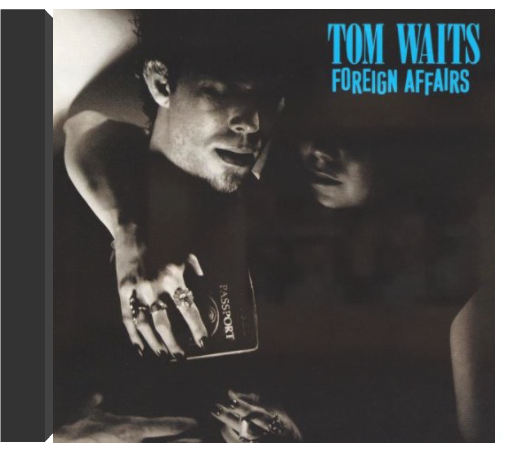 Foreign AffairsTom Waits Foreign AffairsTom Waits No Description Available 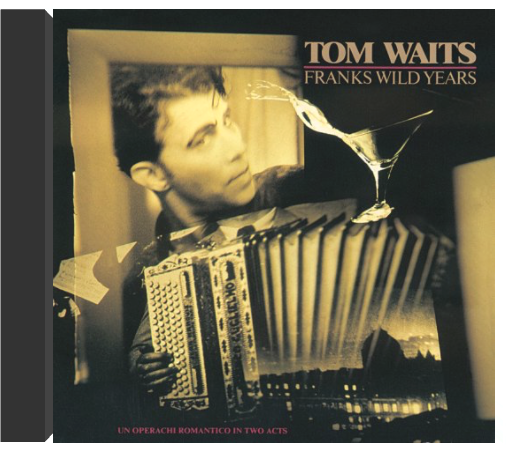 Franks Wild YearsTom Waits Franks Wild YearsTom Waits Japanese-only SHM-CD (Super High Material CD) paper sleeve pressing of this 1987 album. SHM-CDs can be played on any audio player and delivers unbelievably high-quality sound. You won't believe it's the same CD! Universal. 2008. 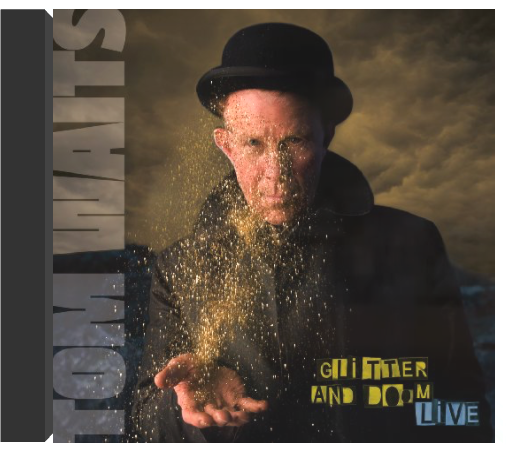 Glitter and Doom LiveTom Waits Glitter and Doom LiveTom Waits In 2008, Tom Waits launched a sold out national tour,  Heart Attack & VineTom Waits Heart Attack & VineTom Waits Tom Waits's hipster persona began to evaporate at the beginning of the '80s, but not before he released the transitional but eminently worthwhile Heartattack and Vine, which contained "On the Nickel," a Dickensian tale of street life, and "Jersey Girl," a song Bruce Springsteen gave a far wider airing to on his Live 1975-1985 box set. You can hear hints of Waits's style growing more trenchant on songs like "Downtown" and the stark, bluesy title track, which contains the immortal line "Don't you know there ain't no devil / That's just God when he's drunk." Indeed. —Daniel Durchholz 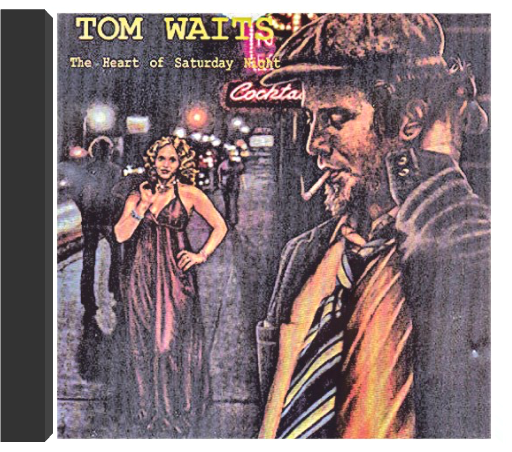 Heart of Saturday NightTom Waits Heart of Saturday NightTom Waits Japanese only SHM pressing. The SHM-CD [Super High Material CD] format features enhanced audio quality through the use of a special polycarbonate plastic. Using a process developed by JVC and Universal Music Japan discovered through the joint companies' research into LCD display manufacturing SHM-CDs feature improved transparency on the data side of the disc allowing for more accurate reading of CD data by the CD player laser head. SHM-CD format CDs are fully compatible with standard CD players. 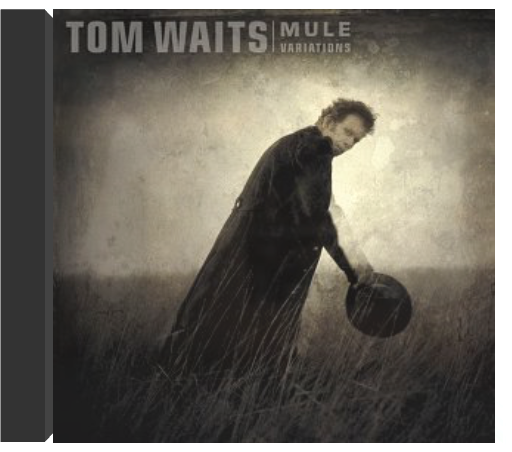 Mule VariationsTom Waits Mule VariationsTom Waits Label: Anti/Epitaph ( ANIT ). Product Type: Compact Disc. Tom Waits grew steadily less prolific after redefining himself as a junkyard noise poet with Swordfishtrombones, but the five-year wait between The Black Rider and 1999's Mule Variations was the longest yet. Given the fact that Waits decided to abandon major labels for the California indie Epitaph, Mule Variations would seem like a golden opportunity to redefine himself and begin a new phase of his career. However, it plays like a revue of highlights from every album he's made since Swordfishtrombones. Of course, that's hardly a criticism; the album uses the ragged cacophony of Bone Machine as a starting point, and proceeds to bring in the songwriterly aspects of Rain Dogs, along with its affection for backstreet and backwoods blues, plus a hint of the beatnik qualities of Swordfish. So Mule Variations delivers what fans want, in terms of both songs and sonics. But that also explains why it sounds terrific on initial spins, only to reveal itself as slightly dissatisfying with subsequent plays. All of Waits' Island records felt like fully conceived albums with genuine themes. Mule Variations, in contrast, is a collection of moments, and while each of those moments is very good (some even bordering on excellent), ultimately the whole doesn't equal the sum of its parts. While that may seem like nitpicking, some may have wanted a masterpiece after five years, and Mule Variations falls short of that mark. Nevertheless, this is a hell of a record by any other standard. Waits is still writing terrific songs and matching them with wildly evocative productions; furthermore, it's his lightest record in years — it's actually fun to listen to, even with a murder ballad here and a psycho blues there. In that sense, it's a unique item in his post-Swordfish catalog, and that may make up for it not being the masterpiece it seemed like it could have been. Stephen Thomas Erlewine, All Music Guide. 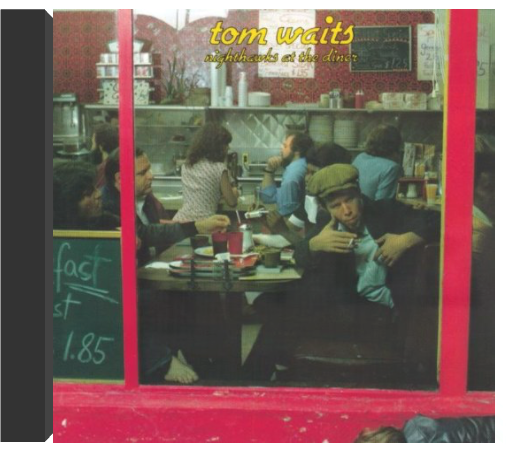 Nighthawks at the DinerTom Waits Nighthawks at the DinerTom Waits As tour guide on a trip through the midnight-to-dawn streets of Los Angeles that the beautiful people never see through the smoked-glass windows of their limos, Waits details the lives of hipsters, down-and-outers, and lost causes in latter-day beat poetry and small-jazz-combo arrangements. This live album from 1975 almost has the quality of standup comedy, but the routines are richer and more carefully drawn. Check out the vivid detail, low humor, and hooker-with-a-heart-of-gold emotionalism Waits brings to songs such as "Nighthawk Postcards," "Putnam County," and a memorable reading of trucker poet Red Sovine's "Big Joe and Phantom 309." —Daniel Durchholz 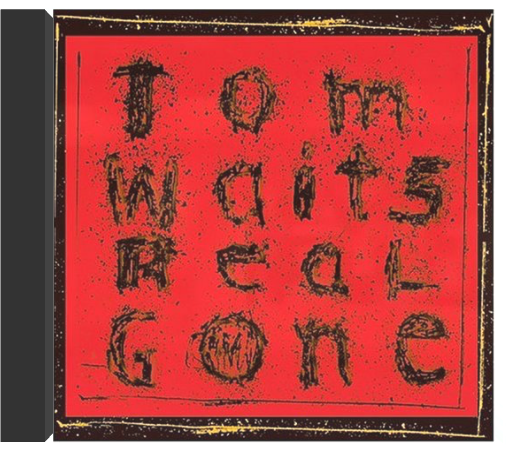 Real GoneTom Waits Real GoneTom Waits Tom Waits is one of the most influential musicians in the world today, an artist who never rests on his laurels. He continues to re-invent music, push boundaries and create new sounds. On Real Gone, the up tempo tracks are some of the rawest and most kinetic he's ever laid down...He's never sounded like he's had this much fun...while the ballads are among his most beautiful and even chilling at times. Real Gone also contains his first overtly political song, "The Day After Tomorrow", a plaintive letter home from a young soldier in the middle of a war. Taken as a whole, the experience is breathtaking. |
 Made with Delicious Library
Made with Delicious Library

